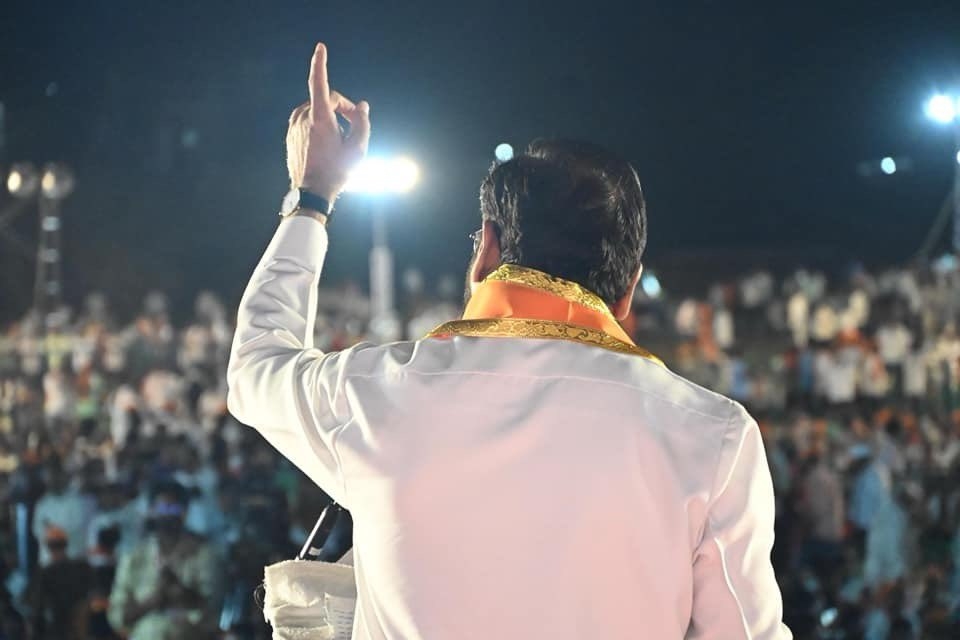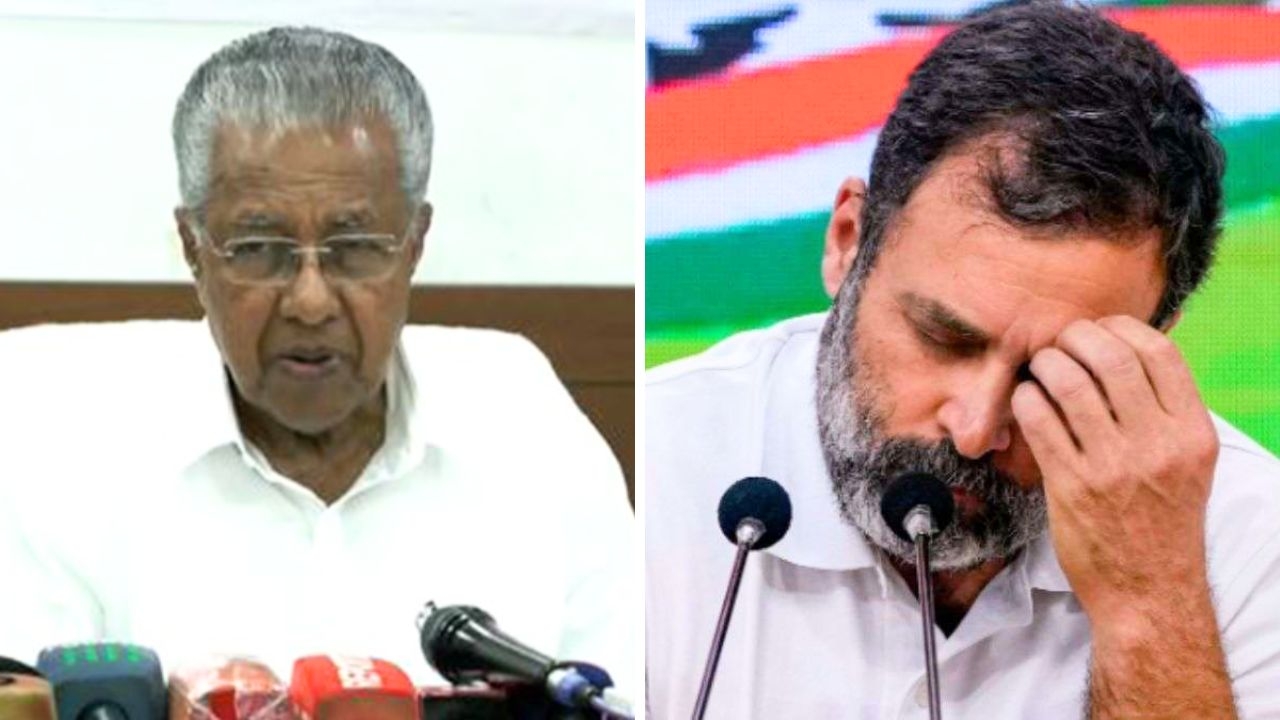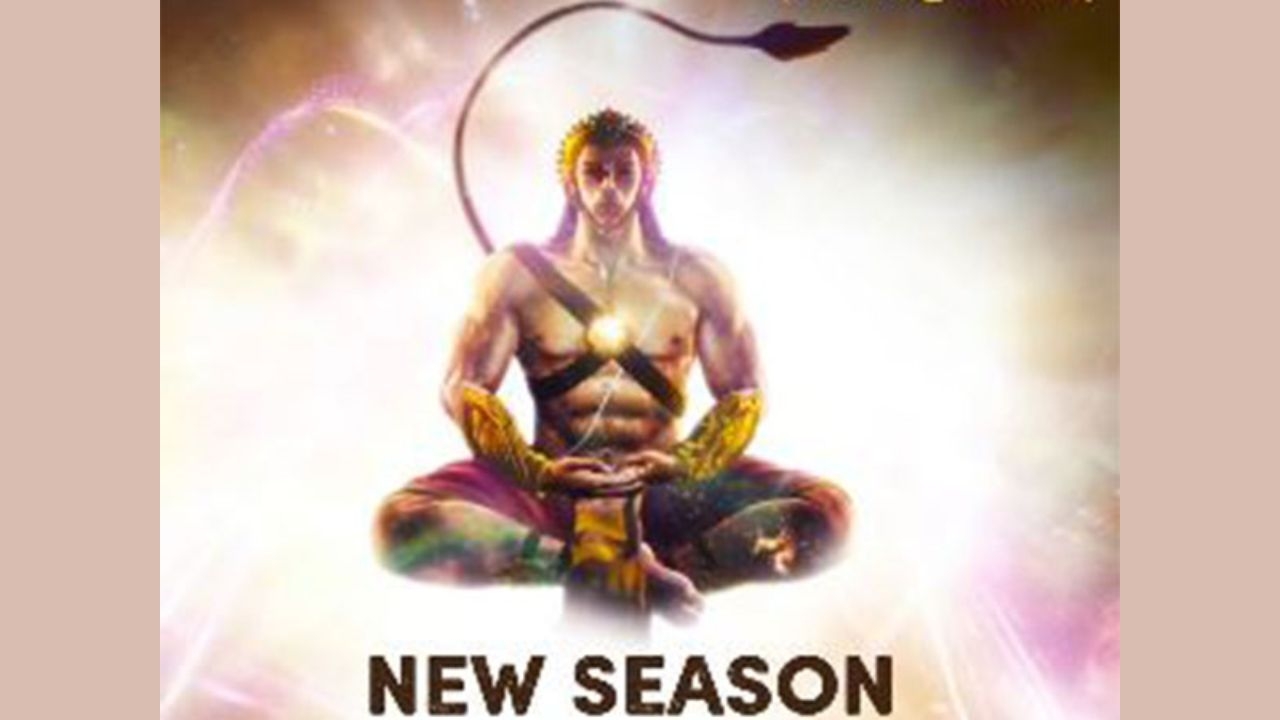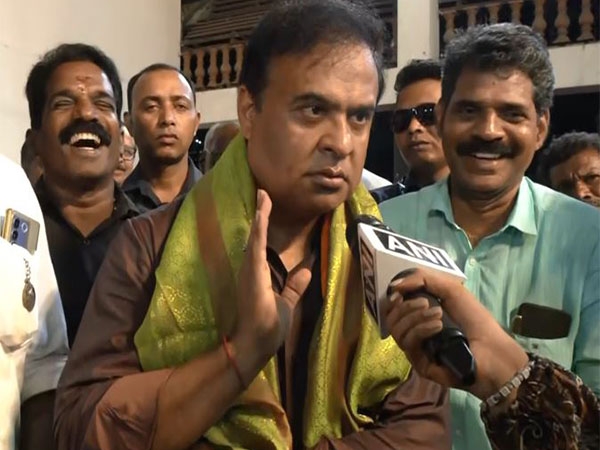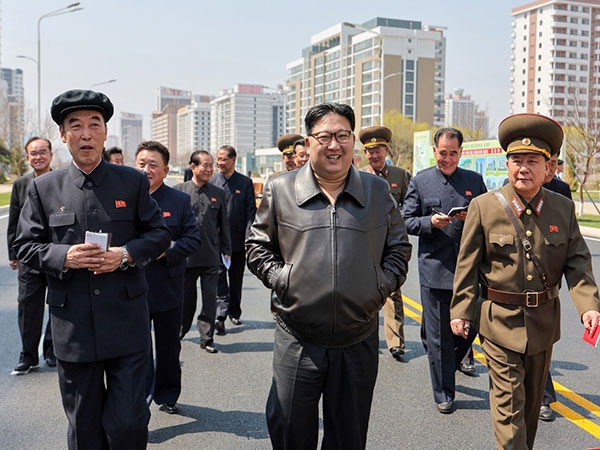Gulberg Society verdict: Ehsan Jafri caused massacre, rules judge
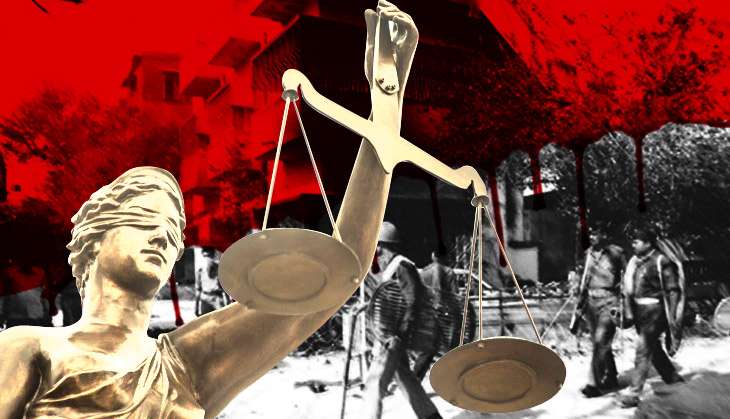
- Special judge PB Desai delivered his verdict and quantum of punishment in the Gulberg Society massacre case
- Desai said Ehsan Jafri, who died in the massacre, fired at the mob and sent it into a frenzy
- This is bound to shock the victims of the massacre, as even the prosecution insisted Jafri didn\'t fire
- However, the judge relied on police witnesses and ballistic evidence to reach his verdict
- How the verdicts in Gulberg Society and the similar Naroda Patiya case differ widely
- The crucial criminal conspiracy charge - did the judge uphold it?
Special trial court judge PB Desai has come up with an observation that is likely to shock the victims of the Gulberg Society massacre in Ahmedabad in 2002.
While delivering his judgement and quantum of punishment for the 24 people convicted in the case, Desai ruled that it was Ehsan Jafri, the former Congress MP who died in the massacre, who was responsible for causing the violence that led to the deaths of 69 people.
The judge said the mob assembled outside the housing society on 28 February 2002, a day after the Godhra train burning incident, was indulging in mere stone throwing. But when Jafri fired at the mob, it went into a frenzy and caused the massacre.
Also read- Gulberg Society massacre: 11 get life imprisonment, 12 get 7 years in jail
Jafri's 'private firing'
In his judgement, which Catch accessed, Desai acknowledged that a mob had gathered outside Gulberg Society, "which was largely involved in stone throwing and attempting to burn and damage the vehicles and properties of members of minority community".
The judge then proceeded to ponder how exactly did this stone-throwing mob turn into an "ugly mob which indulged in the massacre of so many men, women and children of the minority community".
"The answer," he said, "is categorically found, in my opinion, in the incident of private firing on the part of deceased Shri Ehsan Jafri which resulted in some deaths from amongst the members of the mob and injuries to a number of persons of the mob which infuriated the mob who saw persons belonging to the majority community falling to the bullets being fired from the private weapon by Shri Ehsan Jafri."
Also read - Gulberg verdict: dejected victim says VHP men were 'handpicked out' of the trial
The judge ruled that Jafri fired on the mob 'from a number of locations' within the society. The mob, according to the police witnesses, then 'went out of control', and a frenzy overtook it.
"It can be seen from the material on record that it was only the residence of Shri Ehsan Jafri that was selectively targeted by the mob surrounded by the mob and attempted to be burned down which resulted in a lot of deaths of innocent persons on account of the burns sustained in the residence of Shri Ehsan Jafri.
"...And those unfortunate few, who could not withstand the smoke and fire and could not escape to the first floor of the bungalow of Shri Ehsan Jafri, in their attempts to escape the flames, are established to have rushed out of the residence and in the process were hacked to death by the angry mob."


Police witnesses trump prosecution
Prosecutors have always maintained that Jafri never fired a bullet during the entire episode. But the noteworthy point here is that the judge relied heavily on police witnesses, and on ballistic evidence like empty cartridge shells.
This is interesting, because the victims have alleged that the police were mute spectators during the whole episode, despite knowing about the massacre.
So, in this context, when the police's own role in the massacre was put under question by the prosecution, and considering the fact that courts across the country have reprimanded the police for planting evidence, the manner in which the judge has arrived at his decision is bound to lead to an appeal.
In fact, the prosecution had argued for charges of criminal conspiracy, which were not upheld by the judge.
The court's non-acknowledgement of a criminal conspiracy angle was one of the reasons why the Gulberg victims were upset in the first place. They argued that while this charge had been upheld in the Naroda Patiya case, which happened on the same day, three kilometers away from Gulberg Society, it was surprising that judge Desai had not upheld the charge.
Similar massacres, different judgements
The Gulberg Society and Naroda Patiya massacres were starkly similar, but their trials have resulted in two very different judgements.
Criminal conspiracy is the most crucial charge in all the cases related to the 2002 Gujarat carnage. From the prosecution's point of view, netting the big fish will be impossible if they aren't able to prove the State's complicity in the week-long organised killing spree.
And for this reason, the special trial court's refusal to uphold the criminal conspiracy charge is also a setback to the petition filed by Zakia Jafri, wife of Ehsan Jafri, in the Gujarat High Court.
Also read- State itself the culprit in Gulberg massacre: Teesta Setalvad
Zakia's petition is about the larger role of people in power, including the then chief of police and then-Chief Minister Narendra Modi, in abetting the large-scale violence. This is the lone remaining case from 2002 in which Modi is still an accused.
What the Naroda Patiya judgement said
The Naroda Patiya massacre happened on the same day - 28 February 2002. Barely three kilometers away from the from Gulberg Society, 97 people were butchered by a Hindu mob.
As in the case of Gulberg, no policeman came to the rescue of the victims, who were butchered and raped from morning until evening. This despite Call Detail Records (CDRs) proving beyond doubt that the police officers in charge at the time knew about the massacres, but chose not to act.
Also read-Gulberg Society massacre: records show how top cops steered clear
Another set of CDRs accessed by the prosecution show calls between VHP functionary Atul Vaidya, convicted in the Gulberg Society case, and Babu Bajrangi, the Bajrang Dal leader who was convicted for the Naroda Patiya massacre, and between Vaidya and VHP general secretary Jaideep Patel, the main accused in Naroda Gam massacre.
In the Naroda Patiya case, the trial court had convicted Bajrangi and, for the first time, a sitting Gujarat MLA - Maya Kodnani.
Upholding the charge of criminal conspiracy, the court had remarked on the role of BJP leader Kodnani that she had "been proved to be the kingpin of the entire communal riot and one of the principal conspirators who has actively instigated the rioters and has abetted them to form unlawful assembly to execute the conspiracy hatched under her leadership with other co-conspirators".
Important question overlooked?
Ehsan Jafri's son Tanvir said that if the court didn't uphold the charges of criminal conspiracy, then the question of why the police never came to the rescue of the Gulberg Society victims may have been overlooked.
Rupabehn Mody, who lost her son in the Gulberg violence, had testified before the court about the involvement of the police in the riots.
Also read- Ehsan Jafri called Modi for help, I heard Modi abuse him: Gulberg survivor
"KG Erda [police officer in charge of Gulberg Society, who was acquitted by the special court] knew all the leaders of the mob. When I was looking for my son, he actually arranged my meeting with the mobsters. I showed them my son's photograph, and they denied having killed him. That was all the investigation in my son's disappearance he [Erda] carried out," she had said.
Teesta Setalvad, secretary of the Citizens for Justice and Peace (CJP), which provided legal aid to the survivors of the Gulberg Society massacre, said that from the first day of the trial, they had argued that Naroda Patiya and Gulberg Society were similar, and that the accused in both cases deserved similar treatment.
"We have proved that the police knew about the carnage in both places, but chose not to act. And that in both cases, the state officials actually had abetted the crime," Setalvad insisted.
Edited by Shreyas Sharma
More in Catch
Gulberg Society massacre: Teesta Setalvad dubs verdict as diluted and weak
24 convicted by Ahmedabad court in 2002 Gulberg Society massacre
Total recall: the timeline of the Gulberg Society massacre case
First published: 18 June 2016, 12:34 IST

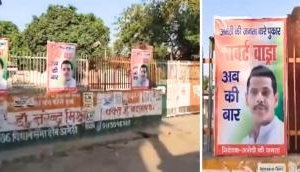
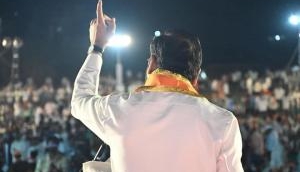

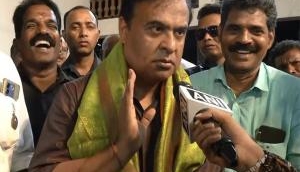
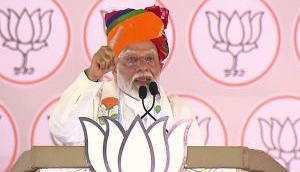
![BJP's Kapil Mishra recreates Shankar Mahadevan’s ‘Breathless’ song to highlight Delhi pollution [WATCH] BJP's Kapil Mishra recreates Shankar Mahadevan’s ‘Breathless’ song to highlight Delhi pollution [WATCH]](http://images.catchnews.com/upload/2022/11/03/kapil-mishra_240884_300x172.png)

![Anupam Kher shares pictures of his toned body on 67th birthday [MUST SEE] Anupam Kher shares pictures of his toned body on 67th birthday [MUST SEE]](http://images.catchnews.com/upload/2022/03/07/Anupam_kher_231145_300x172.jpg)


